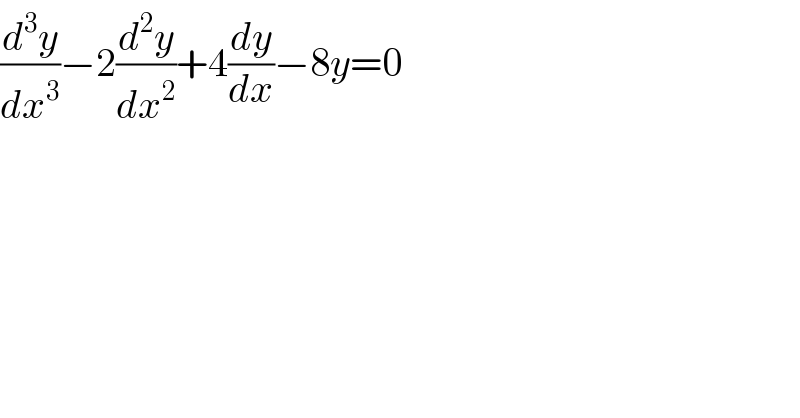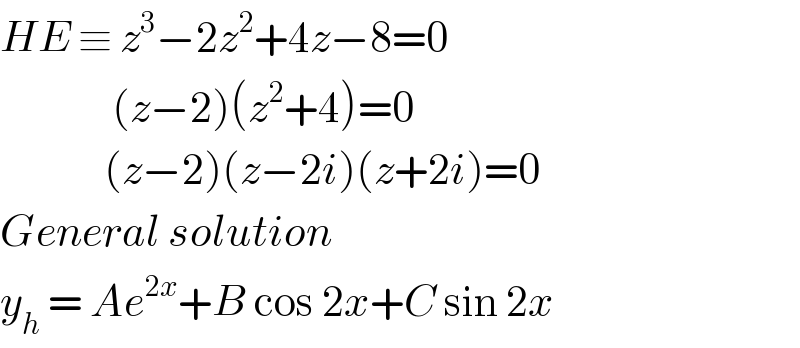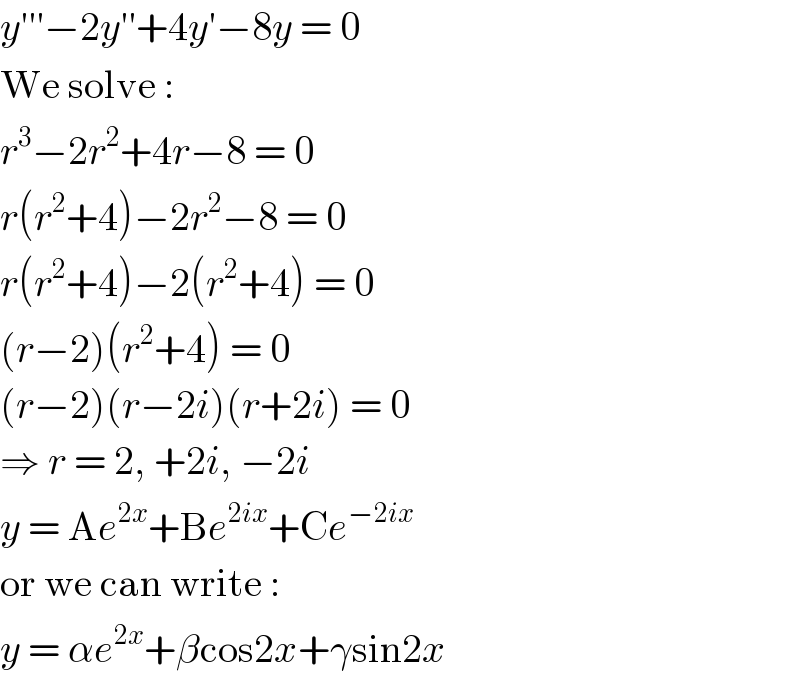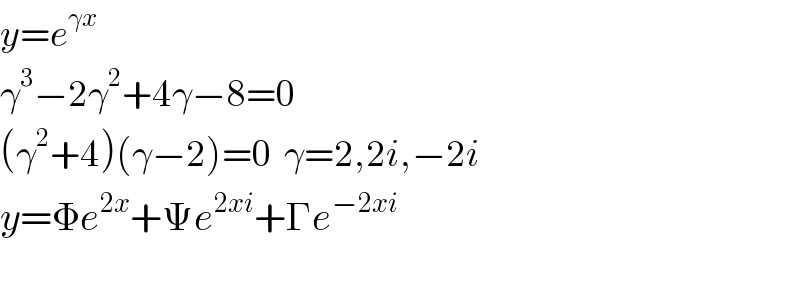
Question and Answers Forum
Question Number 125925 by zarminaawan last updated on 15/Dec/20

Answered by liberty last updated on 15/Dec/20

Answered by Olaf last updated on 15/Dec/20

Answered by Dwaipayan Shikari last updated on 15/Dec/20

| ||
Question and Answers Forum | ||
Question Number 125925 by zarminaawan last updated on 15/Dec/20 | ||
 | ||
Answered by liberty last updated on 15/Dec/20 | ||
 | ||
| ||
Answered by Olaf last updated on 15/Dec/20 | ||
 | ||
| ||
Answered by Dwaipayan Shikari last updated on 15/Dec/20 | ||
 | ||
| ||